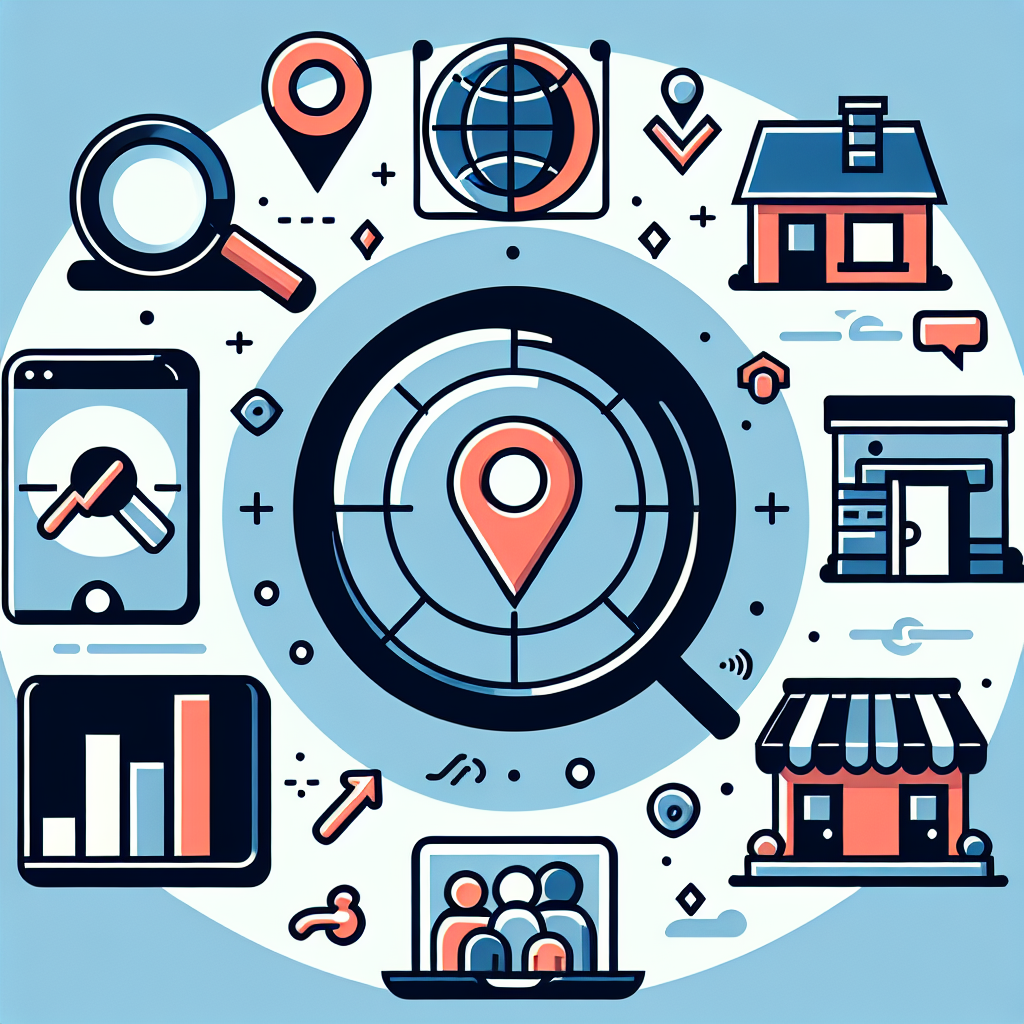Building a Memorable Brand Experience
Understanding the Importance of Brand Experience
A brand experience is the sum of all interactions a customer has with a brand, encompassing everything from the first impression to post-purchase engagement. It’s not just about the product or service a company offers; it’s about how customers feel when they interact with the brand. In today’s competitive market, where consumers are inundated with choices, a memorable brand experience can be the differentiating factor that sets a business apart.
Why does this matter? Because a strong brand experience fosters customer loyalty, trust, and advocacy. When customers have positive, meaningful interactions with a brand, they’re more likely to return, recommend the brand to others, and even defend it in times of crisis. For instance, Apple has built a loyal customer base not just through its innovative products but also through its seamless, customer-centric experience—from its intuitive product design to its in-store Genius Bar support.
Similarly, brands like Disney excel in creating immersive experiences that resonate emotionally with their audience. Whether it’s through their theme parks, movies, or merchandise, Disney ensures that every touchpoint reinforces their brand promise of magic and wonder. These examples highlight how a well-crafted brand experience can transform customers into lifelong advocates.
Key Elements of a Memorable Brand Experience
Creating a memorable brand experience requires a combination of several core elements. First and foremost is consistency . Customers expect a cohesive experience across all touchpoints, whether they’re interacting with a brand online, in-store, or through customer service. Inconsistent messaging or disjointed experiences can erode trust and confuse customers.
Authenticity is another critical component. Consumers today are savvy and can easily spot inauthenticity. Brands that stay true to their values and communicate honestly are more likely to build lasting relationships with their audience. Patagonia, for example, has built its brand around environmental sustainability, and every aspect of its operations reflects this commitment, from its supply chain to its marketing campaigns.
An emotional connection is perhaps the most powerful element of a memorable brand experience. Storytelling plays a pivotal role here. By sharing compelling narratives that resonate with their audience, brands can create lasting impressions. Take Nike’s “Just Do It” campaign, which goes beyond selling athletic gear to inspire people to overcome challenges and achieve greatness.
Finally, aligning brand values with customer expectations is essential. Customers want to feel that the brands they support share their beliefs and priorities. This alignment not only strengthens the emotional bond but also fosters a sense of community and belonging.
The Role of Customer Journey Mapping in Brand Experience
Customer journey mapping is a strategic tool that helps businesses understand the various touchpoints a customer encounters when interacting with their brand. By visualizing the customer journey, companies can identify pain points, opportunities for improvement, and moments that matter most to their audience.
Mapping the customer journey is crucial for enhancing the brand experience because it provides a holistic view of the customer’s perspective. For example, a customer might discover a brand through social media, visit its website to learn more, and then make a purchase in-store. Each of these touchpoints contributes to the overall experience, and any friction along the way can detract from the customer’s perception of the brand.
To create an effective customer journey map, start by gathering data from customer feedback, surveys, and analytics. Identify key stages in the journey, such as awareness, consideration, purchase, and post-purchase engagement. Then, analyze each stage to pinpoint areas for improvement. For instance, if customers frequently abandon their carts during the checkout process, it may indicate a need for a more streamlined and user-friendly interface.
By addressing these pain points and optimizing the journey, businesses can create a smoother, more enjoyable experience that leaves a lasting impression.
Leveraging Technology to Enhance Brand Experience
Technology has become a game-changer in the realm of brand experience, offering innovative ways to engage and delight customers. Tools like artificial intelligence (AI), augmented reality (AR), and virtual reality (VR) enable brands to create personalized and immersive experiences that were once unimaginable.
AI-powered chatbots, for example, can provide instant customer support, answering queries and resolving issues in real time. AR and VR technologies allow customers to interact with products in unique ways, such as trying on virtual clothing or visualizing furniture in their homes before making a purchase. IKEA’s AR app, which lets users see how furniture will look in their space, is a prime example of how technology can enhance the shopping experience.
An omnichannel strategy is also essential for delivering seamless experiences across platforms. Customers expect to transition effortlessly between online and offline channels, and brands that can provide this level of integration stand out. Starbucks excels in this area with its mobile app, which allows customers to order ahead, earn rewards, and pay seamlessly, whether they’re in-store or on the go.
By leveraging technology thoughtfully, brands can not only meet but exceed customer expectations, creating experiences that are both memorable and meaningful.
The Power of Emotional Branding
Emotional branding is the art of forging deep, emotional connections with customers through storytelling, visuals, and interactions. It goes beyond functional benefits to tap into the feelings and aspirations of the audience.
Brands that master emotional branding often evoke a sense of identity and belonging. For instance, Coca-Cola’s marketing campaigns frequently focus on themes of happiness, togetherness, and celebration, creating a positive emotional association with the brand. Similarly, Dove’s “Real Beauty” campaign challenges societal beauty standards and promotes self-confidence, resonating deeply with its target audience.
To evoke emotions effectively, brands should focus on their messaging, visuals, and customer interactions. Consistent use of colors, fonts, and imagery can reinforce the brand’s identity, while thoughtful messaging can inspire, motivate, or comfort the audience.
Case studies of successful emotional branding demonstrate its impact. Consider Airbnb, which positions itself as more than just a travel platform. Through its “Belong Anywhere” campaign, Airbnb emphasizes the idea of connection and community, appealing to travelers’ desire for authentic experiences.
Measuring the Success of Your Brand Experience
To ensure your brand experience strategy is effective, it’s essential to track key metrics and gather customer feedback. Metrics such as Net Promoter Score (NPS), customer satisfaction (CSAT), and customer retention rates provide valuable insights into how customers perceive your brand.
Customer feedback, whether through surveys, reviews, or social media, is another critical source of information. By listening to your audience, you can identify areas for improvement and refine your strategy accordingly.
Tools like Google Analytics, heatmaps, and CRM software can help track and analyze performance. For example, monitoring website traffic and user behavior can reveal how customers interact with your digital touchpoints, while CRM data can provide insights into customer preferences and purchasing patterns.
Tips for Building a Memorable Brand Experience
Creating a standout brand experience requires a combination of strategy, creativity, and execution. Start by training employees to embody your brand values, as they are often the first point of contact for customers. Internal alignment ensures that everyone in the organization is working toward the same goal.
Innovation is another key factor. Stay ahead of industry trends and continuously look for ways to surprise and delight your audience. Whether it’s through new product offerings, unique marketing campaigns, or enhanced customer service, innovation keeps your brand fresh and relevant.
Finally, prioritize customer-centricity. Put yourself in your customers’ shoes and design experiences that cater to their needs and preferences.
Common Mistakes to Avoid in Brand Experience Strategy
Even the best intentions can lead to missteps. One common mistake is neglecting consistency across touchpoints. A disjointed experience can confuse customers and weaken your brand’s impact.
Another pitfall is failing to adapt to changing customer expectations. The market evolves rapidly, and brands that resist change risk becoming irrelevant.
To avoid these mistakes, focus on continuous improvement. Regularly review your strategy, gather feedback, and be willing to pivot when necessary.
Future Trends in Brand Experience
The future of brand experience is being shaped by trends like sustainability, inclusivity, and hyper-personalization. Consumers increasingly expect brands to take a stand on social and environmental issues, and those that do so authentically can build stronger connections with their audience.
Inclusivity is another growing priority. Brands that embrace diversity and create experiences that cater to all demographics are more likely to resonate with a broader audience.
Hyper-personalization, powered by AI and data analytics, allows brands to tailor experiences to individual preferences, creating a sense of exclusivity and relevance.
By staying ahead of these trends and embracing innovation, businesses can ensure their brand experience remains memorable and impactful.











